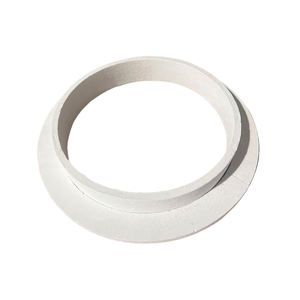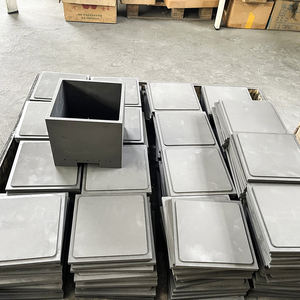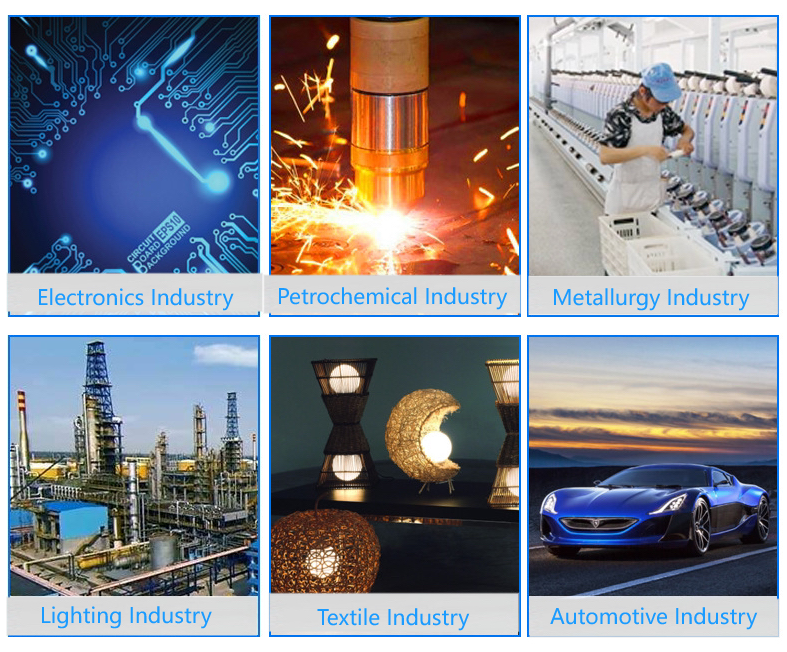Professional industry ceramic supplier, silicon nitride, silicon carbide, aluminum nitride and any other kinds of ceramics.
PRODUCT PARAMETERS
Description
Overview of Refractory Materials Powder Mixer And Production Line
Refractory Materials Powder Mixer And Production Line are non-metallic substances designed to withstand extreme temperatures exceeding 1,000°C, along with harsh chemical and physical stresses. They are essential for the inner linings of industrial furnaces, kilns, reactors, and incinerators, providing critical thermal insulation and structural integrity in processes ranging from metal and glass manufacturing to power generation.
Features of Refractory Materials Powder Mixer And Production Line
-
High-Temperature Resistance: Maintain structural strength and stability at temperatures often exceeding 1500°C.
-
Excellent Thermal Shock Resistance: Withstand rapid heating and cooling cycles without cracking or spalling.
-
Chemical Inertness: Resist corrosion and degradation from slags, molten metals, and acidic or basic environments.
-
High Mechanical Strength: Possess considerable load-bearing capacity at operating temperatures.
-
Low Thermal Conductivity: Provide effective insulation to improve energy efficiency and protect furnace structures.
-
Abrasion Resistance: Withstand erosion from solid materials and gas flows.
Specification of Refractory Materials Powder Mixer And Production Line
Refractory powder mixers handle tough blending work. They integrate dry powders used in high-heat applications. These mixers have to be strong. They deal with unpleasant products daily. Heavy-duty building is necessary. The mixer body uses thick steel plates. Interior components encounter continuous wear. They obtain special protective linings. These cellular linings last much longer. Common types consist of paddle mixers and bow mixers. Paddle mixers work quickly for rough mixing. Bow mixers give gentler, a lot more detailed blending. Both kinds need powerful motors. Transmissions transfer that power dependably. Seals keep dust inside the machine. This is essential for safety and security and cleanliness. Operators control mixing time specifically. Regular outcomes matter every batch.
The mixer suits a larger production line. This line makes refractory blocks or shapes. Resources arrive initially. Storage bins hold different powders. Conveyors relocate powders to the mixer. Accurate considering takes place prior to mixing. The mixer mixes the powders with fluids. Water or chemical binders are common. The combined product transfers to developing equipments. Presses form the wet mix right into blocks. Various other makers may form complicated shapes. Drying out comes next. Clothes dryers eliminate wetness slowly. Kilns fire the dried forms at high warmth. This shooting makes them strong and heat-resistant. Air conditioning follows the kiln. Ended up products are checked. Packaging shields them for shipping.
The entire assembly line requires coordination. Reputable tools links together. Conveyors connect the different phases. Dust control systems are compulsory. They safeguard workers and tools. Control board handle the process circulation. Operators screen everything carefully. Good upkeep keeps the line running. Downtime is pricey. This setup generates big quantities. Regular quality is the primary goal. Sturdy materials endure the harsh atmosphere. Assembly line vary in size. Small lines offer niche markets. Large lines supply significant sectors. Steel plants and shops rely upon these items. Great refractory materials are crucial. They line heaters and include molten metal. Reliable blending is the first essential action.
Applications of Refractory Materials Powder Mixer And Production Line
Refractory materials powder mixers deal with tough jobs. They mix powders for products that resist extreme warm. These mixers are essential for making firebricks, castables, gunning blends, and mortars. Uniform blending is essential. Every particle needs to be uniformly dispersed. This guarantees the final product carries out reliably under rough problems like steel furnaces or concrete kilns. Poor mixing causes vulnerable points. Weak spots fail promptly. Consistent top quality avoids expensive downtime in plants.
A total refractory assembly line does greater than blending. It typically includes crushing resources initially. Then the system considers each component exactly. Exact considering is crucial for the recipe. The mixer combines whatever extensively. After blending, the line might shape the product. Shaping forms blocks or other pre-cast forms. Often the damp mix goes straight for installment gunning. Automation web links these steps smoothly. This improves output and lowers labor prices. It likewise decreases human mistake. Regular product top quality is the outcome.
These systems serve hefty sectors daily. Steel plants rely upon them for heating system cellular linings. Non-ferrous metal manufacturers use them in smelters. Cement manufacturing facilities require them for kiln cellular linings. Glass suppliers depend upon them for storage tank heaters. Power generation plants utilize refractories in boilers. Petrochemical facilities apply them in crackers and reformers. Every application needs products that won’t melt or crack. The mixer and assembly line provide that reliability. They create the structure of sturdy high-temperature products. Purchasing excellent tools repays long-term.
Company Profile
Tanki New Materials Co.Ltd. focus on the research and development, production and sales of ceramic products, serving the electronics, ceramics, chemical and other industries. Since its establishment in 2015, the company has been committed to providing customers with the best products and services, and has become a leader in the industry through continuous technological innovation and strict quality management.
Our products includes but not limited to Aerogel, Aluminum Nitride, Aluminum Oxide, Boron Carbide, Boron Nitride, Ceramic Crucible, Ceramic Fiber, Quartz Product, Refractory Material, Silicon Carbide, Silicon Nitride, ect. please feel free to contact us.
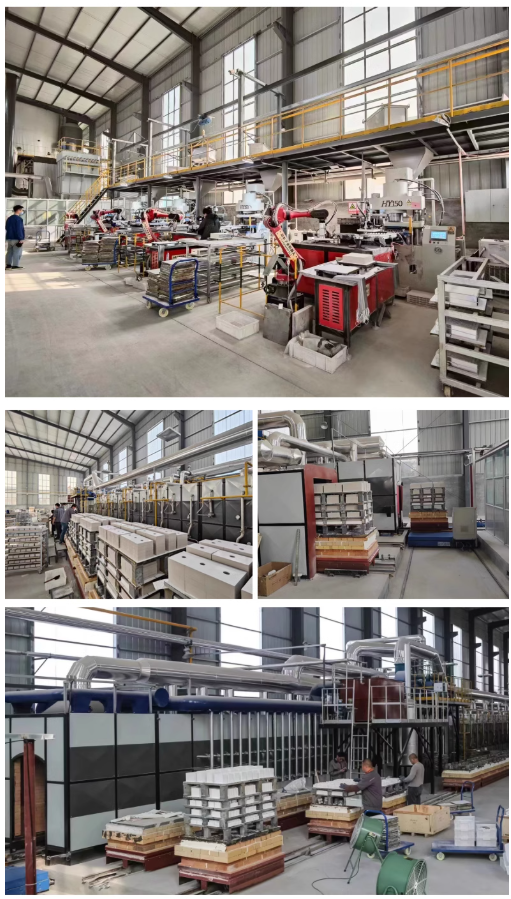
Payment Methods
T/T, Western Union, Paypal, Credit Card etc.
Shipment Methods
By air, by sea, by express, as customers request.
5 FAQs of Refractory Materials Powder Mixer And Production Line
Refractory Materials Powder Mixer And Production Line FAQs
What does this powder mixer actually do?
This mixer blends dry powders for making refractory materials. It combines different powders very evenly. Good mixing is essential for strong, reliable refractory products later. The machine ensures consistency batch after batch.
Why is this mixer better for refractory powders?
Refractory powders are often abrasive and heavy. This mixer is built tough. It uses strong spiral blades and a sturdy design. This prevents wear and tear from the harsh materials. It handles the job where ordinary mixers fail quickly.
What kinds of materials can this production line handle?
The line handles many common refractory powders. Alumina, silica, magnesia, clay, and zirconia are typical examples. It can manage different particle sizes and densities. The system is flexible for various refractory recipes.
How long does the mixer last?
The mixer lasts many years with proper care. Its key parts use thick steel plates and wear-resistant linings. Regular maintenance is simple. Checking blades and bearings often keeps it running smoothly. It’s a solid investment for long-term production.
Can we get a customized production line?
Yes, custom lines are possible. We look at your specific materials, batch sizes, and space. We design the mixer and the whole line to fit your exact needs. Tell us your requirements. We build a solution that works for your factory.
REQUEST A QUOTE
RELATED PRODUCTS
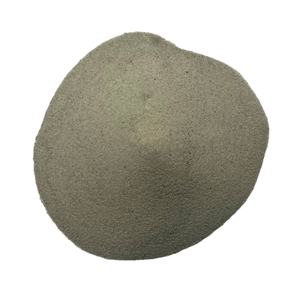
Refractory Custom Alumina Ceramic Crucible Sagger Tray For High Temperature Furnace
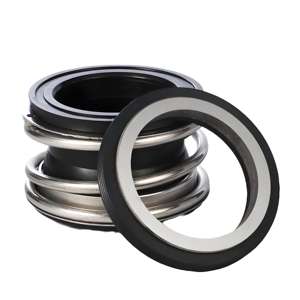
Supply Refractory Brick High Hardness Alumina Heat Resistance Fire Resistant Lining Brick
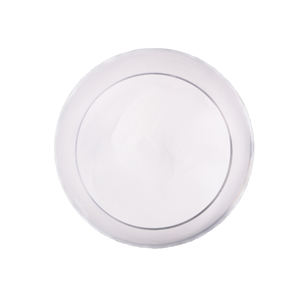
OEM Refractory Industrial High Temperature Resistance 99% Al2O3 Rod Cylinder Alumina Ceramic Tube
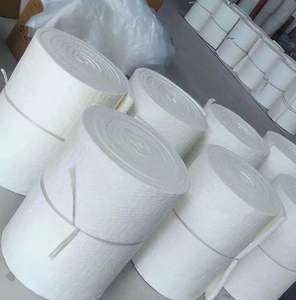
Top Grade High Alumina Low Cement Castables Acid & Alkali Resistant Refractory Cement Custom Cutting Processing Service
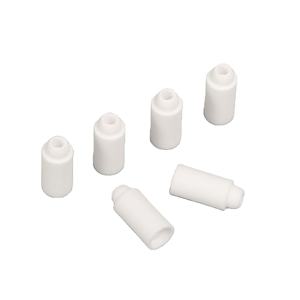
High Purity Brown Fused Alumina 95% Min Al2O3 200 Mesh Powder Low Fe2O3 Refractory Ceramic Kiln Furniture Cutting Bulk Supply
